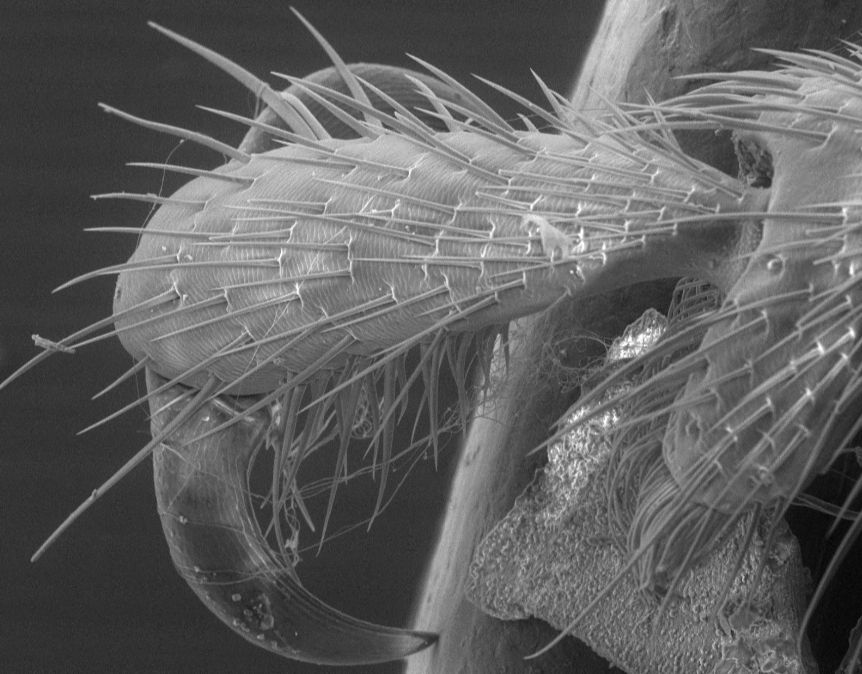Overview of Brain Imaging Techniques
- Himanshu Sadulwad
- Sep 16, 2024
- 3 min read
Author : Steffi Kim
Brain imaging techniques allow neurologists and researchers alike to measure brain activity, diagnose medical and psychiatric conditions, and gain insight into the brain’s interconnected webs and complex structures. While psychologists once had to rely entirely on observable behavior and could only guess at the workings of the brain, new technologies can reveal the brain’s structure and function in astonishing detail. Each brain scanning technology has specific purposes and limitations. As such, researchers may choose a specific technique or combination of techniques depending on the circumstances and what is being measured.
EEG (Electroencephalogram)
The EEG was first developed in 1924 by Hans Berger, a German psychiatrist, making it one of the oldest brain imaging technologies. EEG measures the frequency and location of brain waves through a series of small electrodes placed across the scalp. Every time neurons in the brain fire, an electrical field is produced. By measuring electrical activity, the electrodes can effectively assess neuronal firing. The electrodes are commonly attached to a cap and are wired to a monitor that graphs the frequency of brain waves. Different brain waves—gamma, beta, alpha, theta, and delta—signal varying levels of brain alertness and functioning. Abnormal brain wave patterns could be the result of a neurological condition, and EEG is commonly used to test for epilepsy and sleep disorders.
fMRI (Functional Magnetic Resonance Imaging)
fMRI involves tracking the movement of blood and oxygen through the brain to analyze functioning and structure. Highly active brain regions require more oxygen, and greater blood flow in an area is associated with increased brain activity. To perform an fMRI scan, patients are placed into the tunnel of an MRI scanner, which utilizes strong magnetic fields and radio waves. The magnetic field of the scanner alters the positioning of hydrogen protons in the water of the blood, causing the hydrogen atoms to rotate and release energy. The scanner measures the magnetic signals produced by hydrogen to develop detailed images of the brain. fMRI is widely used in studies, where participants may perform tasks while in the MRI scanner to allow researchers to observe which brain regions are involved.
PET (Positron Emission Tomography)
PET scans track blood flow in the brain via a radioactive tracer substance. The radioactive substance, which is either injected, swallowed, or inhaled, binds to glucose in the blood. The blood then travels up to the brain and through various regions, emitting gamma waves from positrons in the radioactive tracer interacting with electrons. Neurons utilize glucose as their main energy source, and areas with more glucose indicate higher brain activity. The radioactive substance appears on images in bright, multicolored patches, where red symbolizes the highest level of glucose metabolism and activity, while purple and black represent low levels of function. PET scans, which reveal how well the brain is working on a cellular level, are often used to measure Alzheimer's and seizures, as well as medical conditions.
CT (Computerized Tomography)
CT scans splice together multiple X-rays to create cross-sectional images or 3D models of the brain. CT scans reveal more information about the brain tissues and skull than typical X-rays and are ideal for assessing fractures, brain injuries, and damage after strokes.
References:
Bosquez, Taryn. “Neuroimaging: Three Important Brain Imaging Techniques.” ScIU, February 5, 2022. https://blogs.iu.edu/sciu/2022/02/05/three-brain-imaging-techniques/.
“Brain Imaging: What Are the Different Types?” BrainLine, April 22, 2011. https://www.brainline.org/slideshow/brain-imaging-what-are-different-types.
Genetic Science Learning Center. "Brain Imaging Technologies." Learn.Genetics. June 30, 2015. https://learn.genetics.utah.edu/content/neuroscience/brainimaging/.
Lovering, Nancy. “Types of Brain Imaging Techniques.” Psych Central, October 22, 2021. https://psychcentral.com/lib/types-of-brain-imaging-techniques.
“Scanning the Brain.” American Psychological Association, August 1, 2014. https://www.apa.org/topics/neuropsychology/brain-form-function.


Affidati alla sicurezza di All In Bet Casino! La nostra piattaforma utilizza protocolli di crittografia SSL avanzati per proteggere ogni transazione e dato personale. Offriamo molteplici metodi di pagamento sicuri: carte AllInBet it di credito, PayPal, Skrill, Neteller e bonifici bancari. Depositi istantanei e prelievi veloci garantiti. La tua tranquillità è la nostra missione principale.
This is incredibly interesting, thank you! Have you considered also adding magnetoencephalography (MEG) to this article?